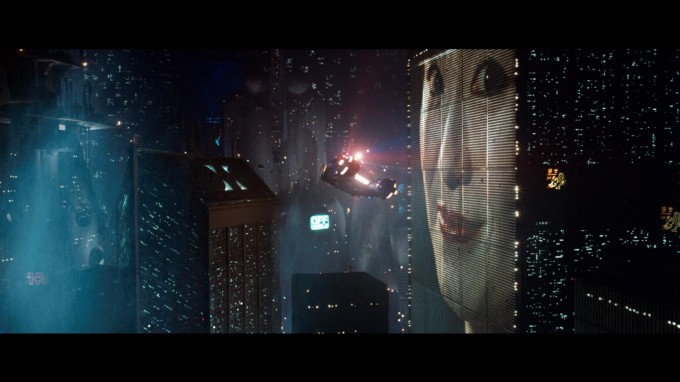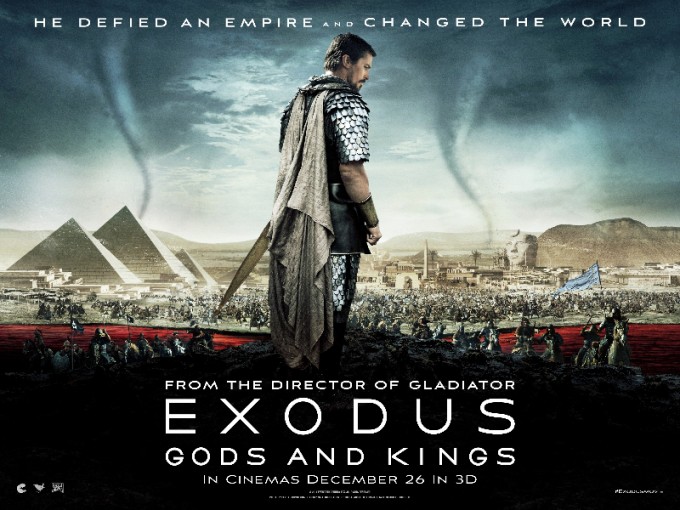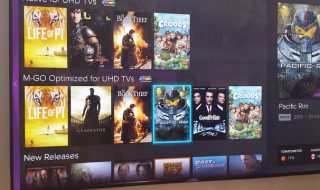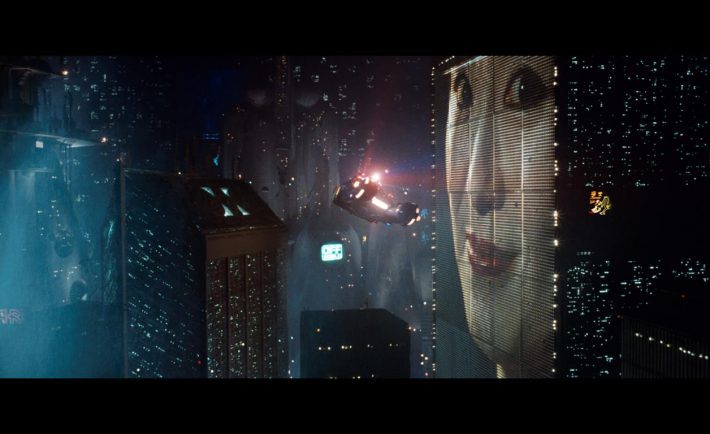
There has never been a better time in history than now to be a storyteller. More specifically, there has never been a better time to be a visual storyteller. Despite having all the information imaginable at the tips of your fingers, and despite common consensus that the time for creating something truly original has passed, there’s never been a better time to be a storyteller.
Dawn of a New Film Age
Michael Bay – What is Bayhem?
The next step in the evolution of the film industry is underway thanks to modern cinematic technology. Silver screen feats are drawing in audiences now more than ever before. Among the most popular (and most profitable) films in recent years are blockbuster superhero franchises, revitalized bestselling teen novels, and family focused animated feel goods. Note that there is absolutely nothing wrong with the success of such films. It’s hard not to enjoy them thanks, again, to modern cinematic technology. With the advancements of digital filmmaking came the potential to realistically render the unfathomable. However, upgraded technology does not guarantee equally upgraded quality in filmmaking. A film’s quality is still reliant upon its storyteller, and in modern cinema how the storyteller uses ever evolving technology. Among the impossibly talented storytellers (directors, writers, producers, cinematographers, effects technicians) in film today, only an ambitious handful have employed newer film technology in deeply, actually illuminating ways.
Great storytellers allow viewers to experience a real, visual connection with mankind’s history, as well as our future. Today’s best directors use digital film innovations to enhance the quality of the plot, characters, and world in which the film is set, instead of replacing quality with effects and imagery. Among such a visionary lot, Ridley Scott should earn a top spot for a few unique reasons.
Ridley Scott’s Legacy
Ridley Scott counts among the highest echelon of storytellers because of his enormous success with the use of digital technology and his equaled success without it. Take these popular examples of Scott’s work without much computer generated technology
compared to those with quite a bit of it:
Ridley Scott Films By Tech
Heavy Use of Technology
Alien (1969) $80,931,801
Blade Runner (1982) $80,931,801
Kingdom of Heaven (2005) (Though sets, siege towers, trebuchets, and all buildings were hand built, CGI is prominent throughout the film – this one is on the border.) $47,398,413
Prometheus (2012) $126,477,084
Robin Hood (2010) $105,269,730
Light Use of Technology
Gladiator (2000) $187,705,427
Hannibal (2001) $165,092,268
Black Hawk Down (2001) (explosion of the first black hawk helicopter was CGI, though its spiraling down was real. Oh, and battle debris was CGI.) $108,638,745
American Gangster (2007) $130,164,645
Gladiator, Hannibal, American Gangster, and Robin Hood are some of Scott’s instant classics. These popular films beautifully portray varied historical time periods; yet hardly include noticeable special effect elements at all. Parallel to these examples are Scott’s work that helped define the genre of Science Fiction, involving quite a bit of CGI and other effects, such as Alien, Blade Runner, and Prometheus.
Scott’s ability to both use and limit digital technology is what separates him and those like him from other directors. Scott surpasses being only a director – he is a storyteller attempting to visualize human history and human potential. Scott has never specifically made an action movie, or a drama, or any movie that fits perfectly into one genre. His films can be best generalized as “Epics.” He uniquely combines onscreen action with deep, real character and plot development. In his “Historical Epics” (Gladiator, Robin Hood, Kingdom of Heaven, Black Hawk Down), Scott makes real historic events captivatingly visual while maintaining realism and accuracy. In his “Futuristic Epics” (Alien, Blade Runner, Prometheus), Scott uses technology to visualize otherwise unimaginable futures, all the while ensuring that the stories keep their focus on conditions of humanity that hold truth in the present.
The Story Goes On
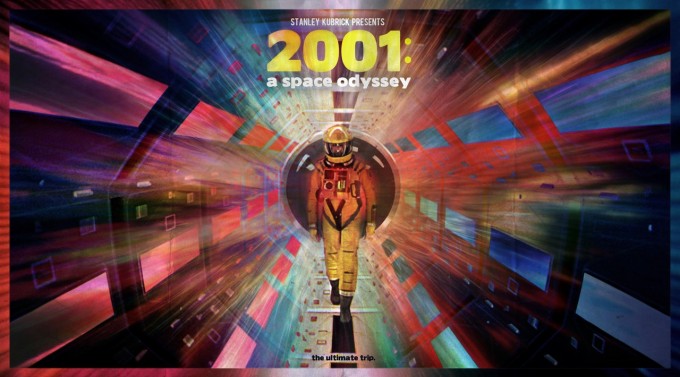
Ridley Scott To Produce ’2001: A Space Odyssey’ Sequel ‘3001: The Final Odyssey’
Despite all of Ridley Scott’s success, the director/producer/storyteller has yet to peak. Scott has numerous upcoming projects of notoriety that adhere to his “Historic – Futuristic Epic” methodology. The next few years hold sequels to Prometheus and Blade Runner, the game series feature film Halo: Nightfall, and an original film about space exploration titled The Martian expected to hit theaters in 2015.
Scott is also set to produce a Syfy miniseries adaptation of Arthur C. Clarke’s novel 3001: The Final Odyssey.
The immediate future is what movie lovers should be most excited about, with Scott’s historical epic Exodus: Gods and Kings. Scott is sure to deliver another box office haymaker in his modern retelling of the Moses’ tribulations from the Book of Exodus. Christian Bale plays Moses with Joel Edgerton as Pharaoh Ramses III and supporting roles from Aaron Paul, Ben Kingsley and Sigourney Weaver. The stud cast ensures more of the fantastic character depth, emotional toil, and personal conflict we’ve come to expect from plots by Ridley Scott. Anyone who has seen the trailer can also expect a superior level of Scott’s use of CGI, particularly pertaining to the parting of the Red Sea and plagues washing over Egypt.
Exodus: Gods and Kings adds to Scott’s impressive repertoire of “Historic Epics” and will no doubt remind us of how the best in the business use advancements in film technology to their full potential. Without sacrificing quality for grandeur.

